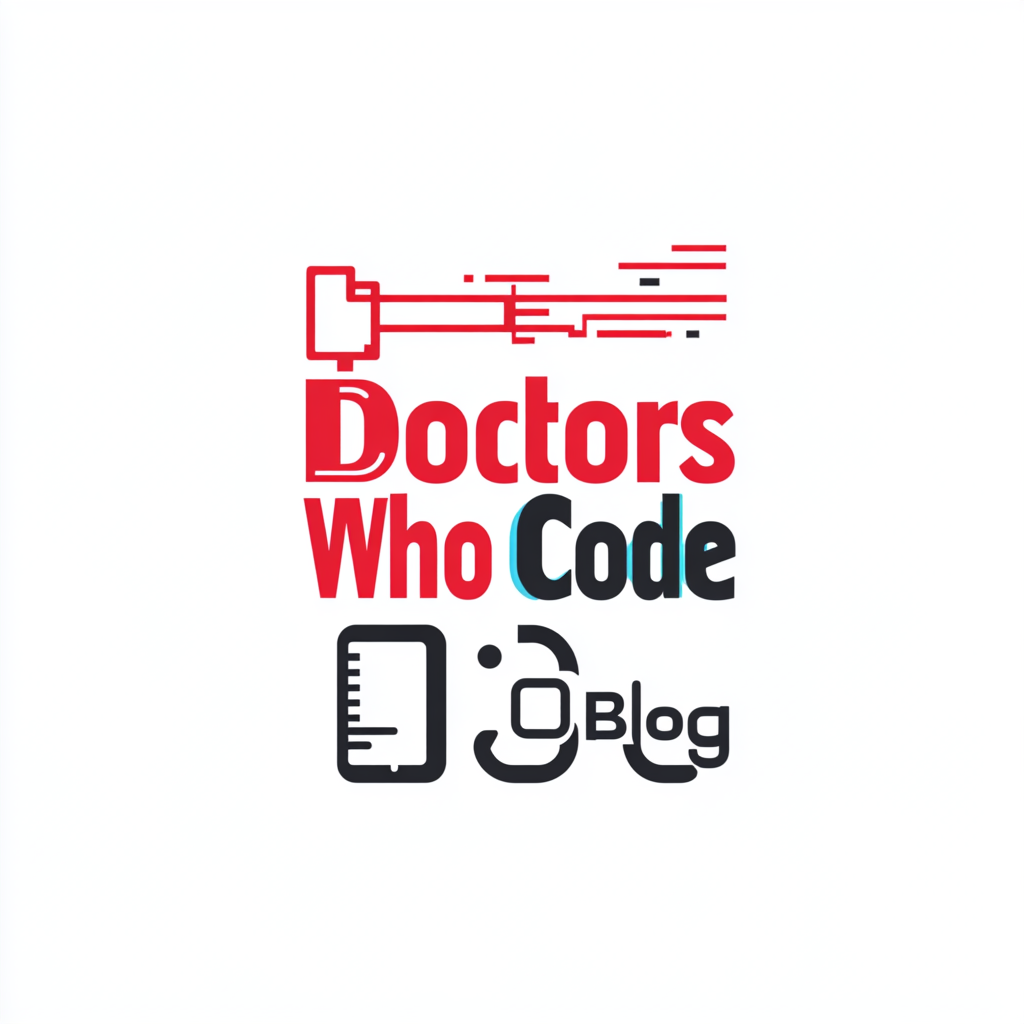Here is a Deep Dive on This Topic
Table of Contents
- Introduction
- Understanding the Role of AI in Healthcare
- Getting Started with GitHub
- Essential AI Foundations for Medical Professionals
- JavaScript AI Libraries for Healthcare Applications
- Building Your First Medical AI Project
- Advanced Topics and Future Directions
- Community Engagement and Professional Development
- References
Introduction
The intersection of artificial intelligence and healthcare represents one of the most promising frontiers in modern medicine. For physicians interested in coding, the ability to leverage AI tools and technologies opens up unprecedented opportunities for improving patient care, streamlining clinical workflows, and advancing medical research. This comprehensive guide will walk you through the process of getting started with AI development on GitHub, specifically tailored for medical professionals with basic coding experience.
Understanding the Role of AI in Healthcare
Before diving into technical implementation, it’s crucial to understand how AI is transforming healthcare:
- Clinical Decision Support: AI algorithms can analyze patient data to assist in diagnosis and treatment planning
- Medical Imaging Analysis: Deep learning models can help detect abnormalities in radiology and pathology images
- Natural Language Processing: AI can extract relevant information from medical literature and clinical notes
- Predictive Analytics: Machine learning models can forecast patient outcomes and identify at-risk populations
Getting Started with GitHub
GitHub serves as more than just a code repository; it’s a collaborative platform that enables healthcare professionals to contribute to and benefit from open-source medical AI projects.
Why Choose GitHub?
- Version control for managing code changes
- Collaboration with other healthcare professionals and developers
- Access to thousands of open-source medical AI projects
- Built-in tools for project management and documentation
- Active community of healthcare technology enthusiasts
Essential AI Foundations for Medical Professionals
Core Concepts to Master
- Basic Machine Learning Principles
- Neural Networks and Deep Learning
- Data Preprocessing and Analysis
- Model Training and Validation
- Healthcare-specific AI Applications
Recommended Learning Resources
- Online Courses:
- Stanford’s AI in Healthcare Specialization (Coursera)
- MIT’s Introduction to Deep Learning
- Fast.ai’s Practical Deep Learning for Coders
- Essential Reading:
- “Deep Medicine” by Eric Topol
- “Artificial Intelligence in Medical Imaging” by Erik R. Ranschaert
- “Machine Learning for Healthcare” by Pranav Rajpurkar
JavaScript AI Libraries for Healthcare Applications
TensorFlow.js
- Browser-based machine learning
- Pre-trained medical imaging models
- Real-time analysis capabilities
Brain.js
- Neural network implementation
- Pattern recognition
- Natural language processing
ML5.js
- Beginner-friendly machine learning
- Image classification
- Pose estimation
Building Your First Medical AI Project
Starter Project Ideas
Clinical Note Analyzer
- Natural language processing for symptom extraction
- Automated ICD-10 code suggestion
- Medical terminology recognition
Basic Medical Image Classifier
- Skin lesion classification
- X-ray abnormality detection
- Cell type identification
Patient Risk Calculator
- Predictive modeling for readmission risk
- Medication interaction checker
- Disease progression prediction
Advanced Topics and Future Directions
- Federated Learning in Healthcare
- Privacy-Preserving AI Methods
- Integration with Electronic Health Records
- Regulatory Compliance and FDA Approval Processes
Community Engagement and Professional Development
- Join Healthcare AI Working Groups
- Participate in Medical Hackathons
- Contribute to Open-Source Medical Projects
- Network with Other Physician-Developers
References
- Topol, E. (2019). Deep Medicine: How Artificial Intelligence Can Make Healthcare Human Again. Basic Books.
- Rajpurkar, P., Chen, E., Banerjee, O., & Topol, E. J. (2022). AI in health and medicine. Nature Medicine, 28(1), 31-38.
- Howard, J., & Gugger, S. (2020). Deep Learning for Coders with fastai and PyTorch: AI Applications Without a PhD. O’Reilly Media.
- Esteva, A., Kuprel, B., Novoa, R. A., et al. (2017). Dermatologist-level classification of skin cancer with deep neural networks. Nature, 542(7639), 115-118.
- Ranschaert, E. R., Morozov, S., & Algra, P. R. (2019). Artificial Intelligence in Medical Imaging: Opportunities, Applications and Risks. Springer.
- Abràmoff, M. D., Lavin, P. T., Birch, M., Shah, N., & Folk, J. C. (2018). Pivotal trial of an autonomous AI-based diagnostic system for detection of diabetic retinopathy in primary care offices. NPJ Digital Medicine, 1(1), 1-8.
- Jiang, F., Jiang, Y., Zhi, H., et al. (2017). Artificial intelligence in healthcare: past, present and future. Stroke and Vascular Neurology, 2(4), 230-243.
- GitHub. (2024). Getting Started with GitHub for Healthcare AI Projects. GitHub Guides.
Keywords and Meta Information
Primary Keywords: GitHub AI Projects, Medical AI Development, Healthcare Machine Learning, Physician Coding, Clinical AI Applications
Secondary Keywords: TensorFlow.js Healthcare, Medical Image Classification, Clinical Decision Support, Healthcare Data Analysis, Medical Natural Language Processing
Last Updated: December 2024

